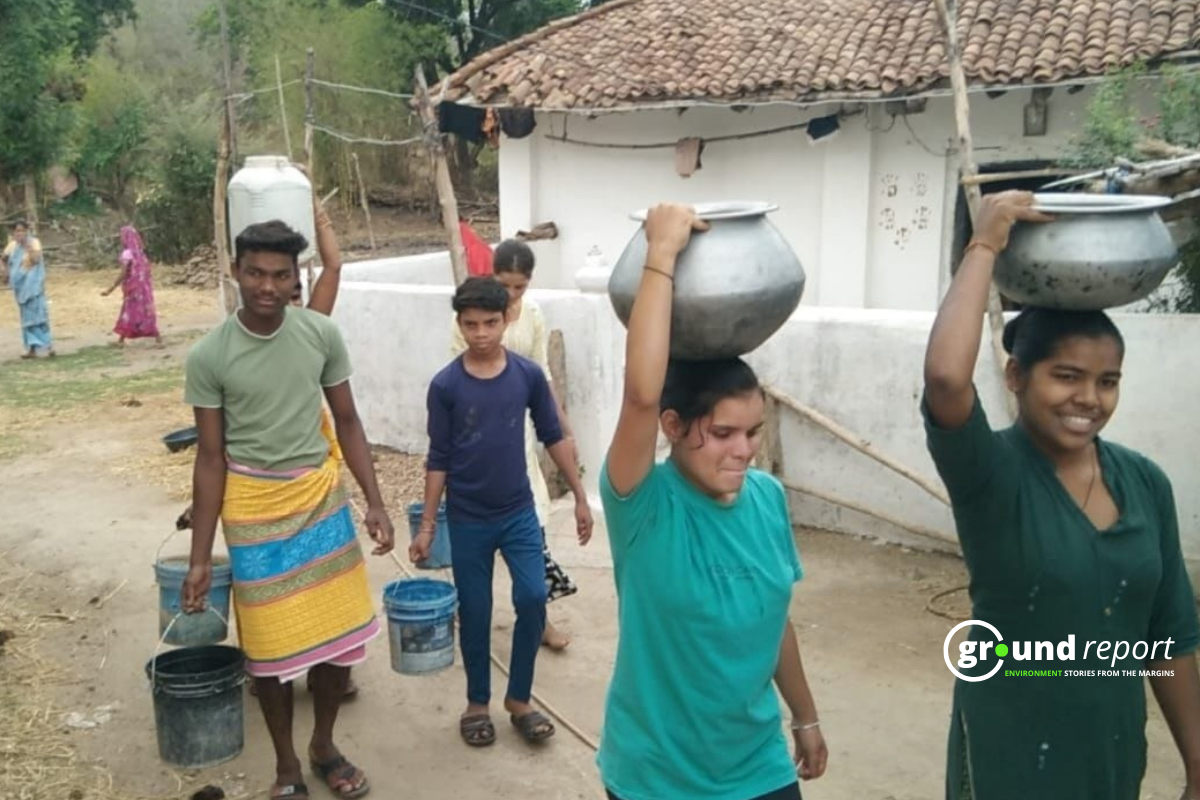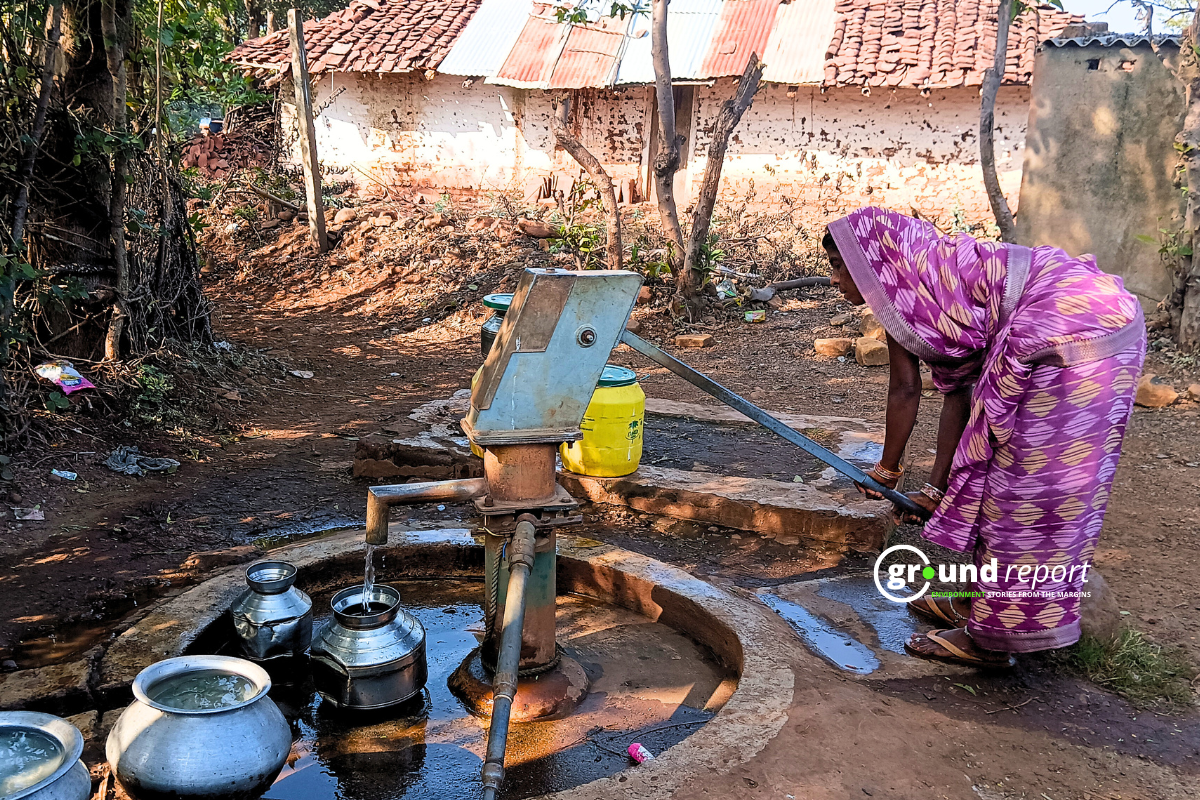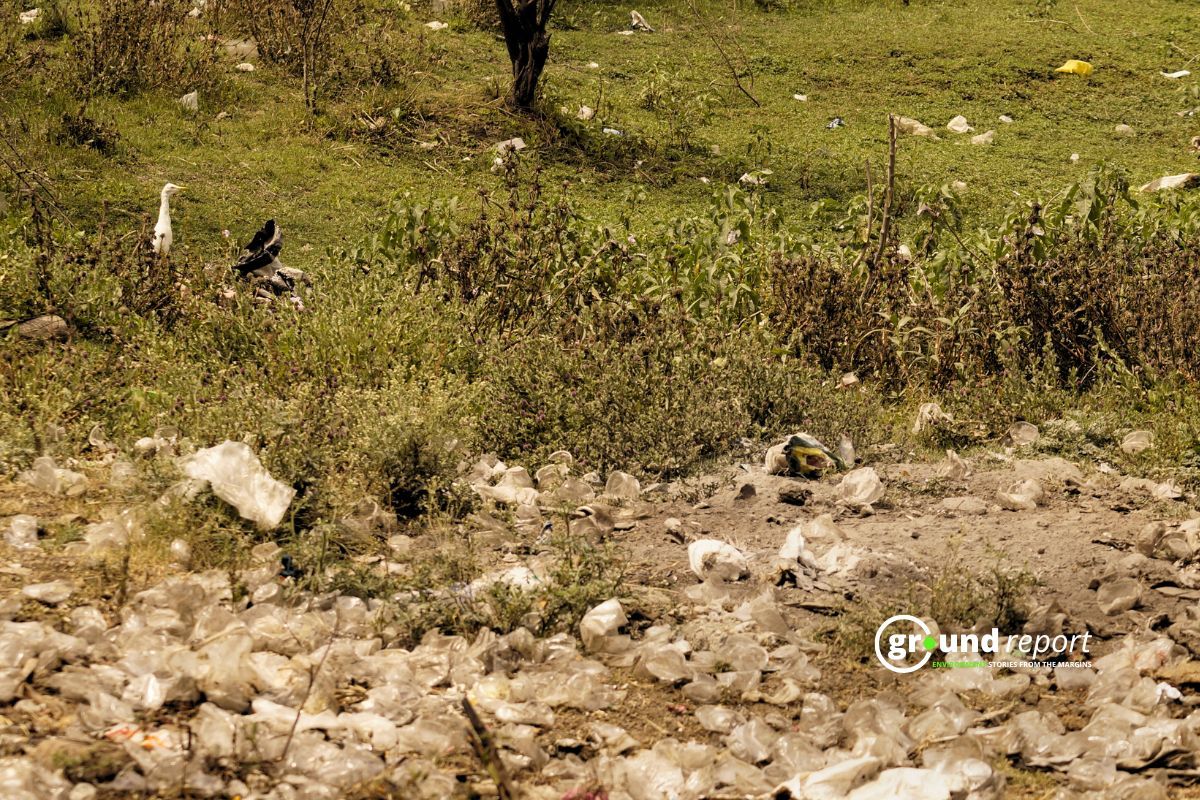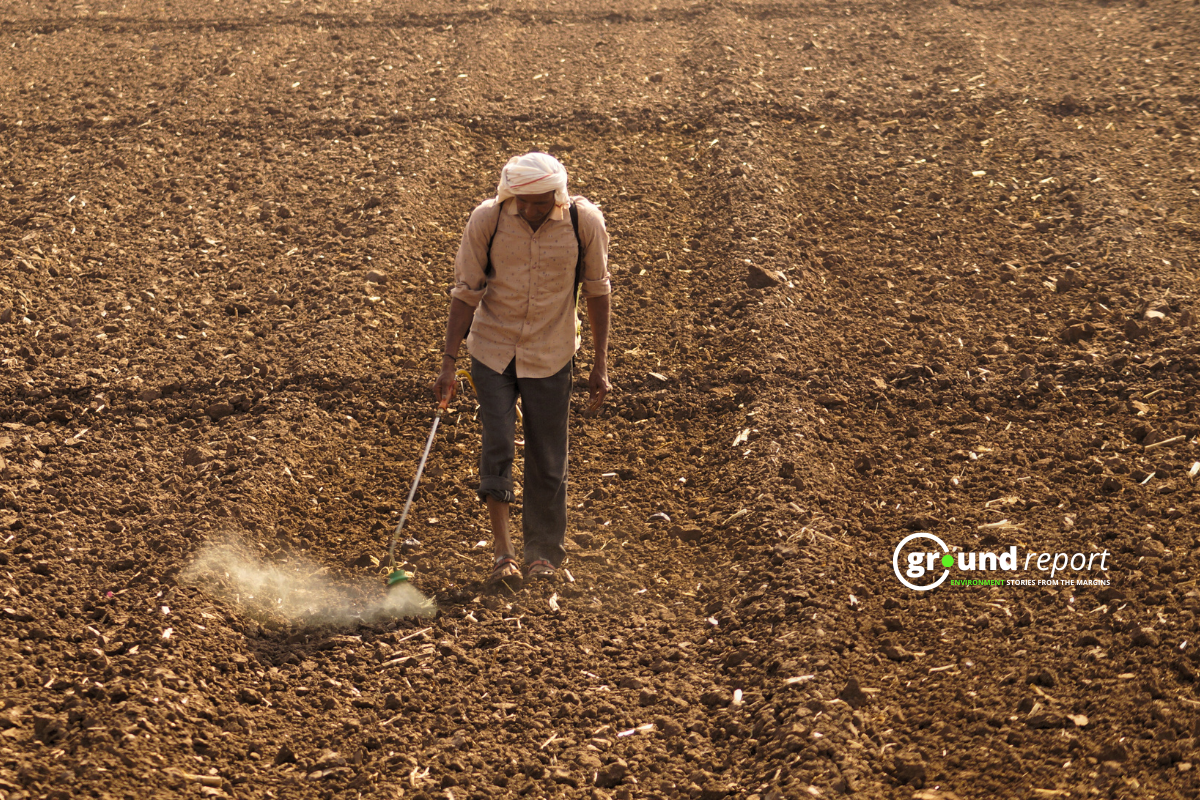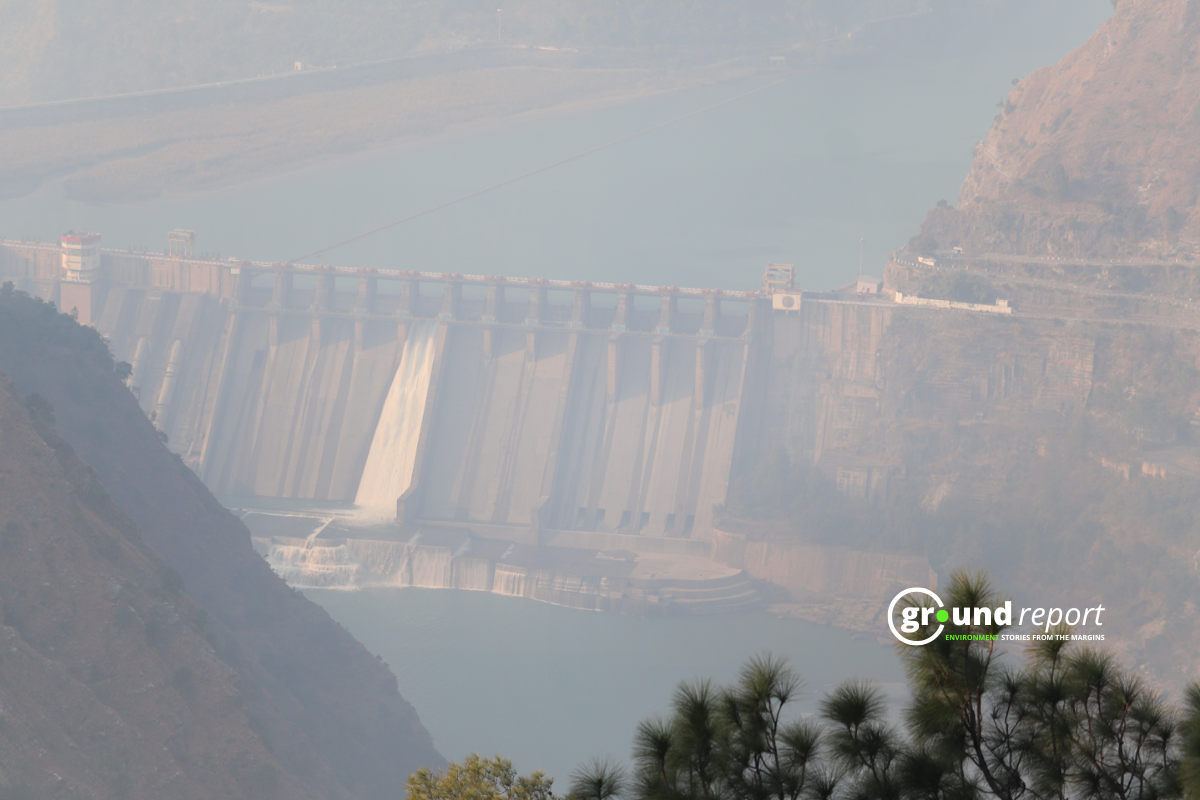The Indian government recently conducted its inaugural census of water bodies, with the aim of compiling a comprehensive inventory of the country’s water resources. This includes natural and human-made bodies of water, such as ponds, tanks, and lakes. The census has also collected data on instances of encroachment on these bodies of water.
The census of water bodies was initiated through the centrally sponsored “Censo de Riego” program, which was carried out in conjunction with the 6th Minor Census of Irrigation.
The main objective was to develop a comprehensive national database of all water bodies, covering key details such as their type, condition, encroachment status, use, storage capacity, and storage levels.
This census included both rural and urban water bodies, regardless of whether they were operational or not. The various uses of water bodies were also considered, such as irrigation, industry, fish farming, domestic/drinking, recreation, religious, and groundwater recharge.
Water bodies in India
As per the Ministry of Jal Shakti’s enumeration, approximately 2,424,540 water bodies have been identified throughout the country. Of these, around 97.1 per cent of the water bodies are located in rural areas, while only 2.9 per cent are situated in urban areas.
Top five states in terms water bodies
According to the Ministry of Jal Shakti’s enumeration, the top five states in terms of the number of water bodies are West Bengal, Uttar Pradesh, Andhra Pradesh, Odisha, and Assam, which together account for approximately 63 percent of the total water bodies in the country.
In terms of the number of water bodies in urban areas, the top five states are West Bengal, Tamil Nadu, Kerala, Uttar Pradesh, and Tripura. On the other hand, the top five states in terms of water bodies in rural areas are West Bengal, Uttar Pradesh, Andhra Pradesh, Odisha, and Assam.
The key/findings of Census
- 24,24,540 water bodies have been enumerated in the country, out of which 97.1% (23,55,055) are in rural areas and only 2.9% (69,485) are in urban areas.
- 59.5% of water bodies are ponds, followed by tanks (15.7%), reservoirs (12.1%), Water conservation schemes/percolation tanks/check dams (9.3%), lakes (0.9%) and others (2.5%).
- Out of all public owned water bodies, maximum water bodies are owned by Panchayats, followed by State Irrigation/State WRD.
- 55.2% of water bodies are owned by private entities whereas 44.8% of water bodies are in the domain of public ownership.
- Out of all private owned water bodies, maximum water bodies are in hands of Individual owner/farmer followed by group of individuals and other private bodies.
- Top 05 States which lead in the private owned water bodies are West Bengal, Assam, Andhra Pradesh, Odisha and Jharkhand.
- Out of all ‘in use’ water bodies, major water bodies are reported to be used in pisciculture followed by Irrigation.
- 78% water bodies are human-made water bodies whereas 22% are natural water bodies. 1.6% (38,496) water bodies out of all the enumerated water bodies are reported to be encroached out of which 95.4% are in rural areas and remaining 4.6% in urban areas.
- The information on water spread area was reported in respect of 23,37,638 water bodies. Out of these water bodies, 72.4% have water spread area less than 0.5 hectare, 13.4% have water spread area between 0.5-1 hectare, 11.1% have water spread area between 1-5 hectares and remaining 3.1% of water bodies have water spread area more than 5 hectares.
78% water bodies are human-made water bodies
In India, natural water bodies make up 22% of the total water bodies.
24,24,540 water bodies have been enumerated in the country
23,55,055 water bodies are in rural areas of the country.
69,485 water bodies are in urban areas.
Keep Reading
- Srinagar’s waste crisis: Experts warn city will become a trash city in 5 years
- Artificial lights on Trees have a long-term impact, Pune people demand legislation
- NGT: Action Against Mathura’s Brick Kilns For Flouting Environmental Norms
Follow Ground Report for Climate Change and Under-Reported issues in India. Connect with us on Facebook, Twitter, Koo App, Instagram, Whatsapp and YouTube. Write us on GReport2018@gmail.com.

